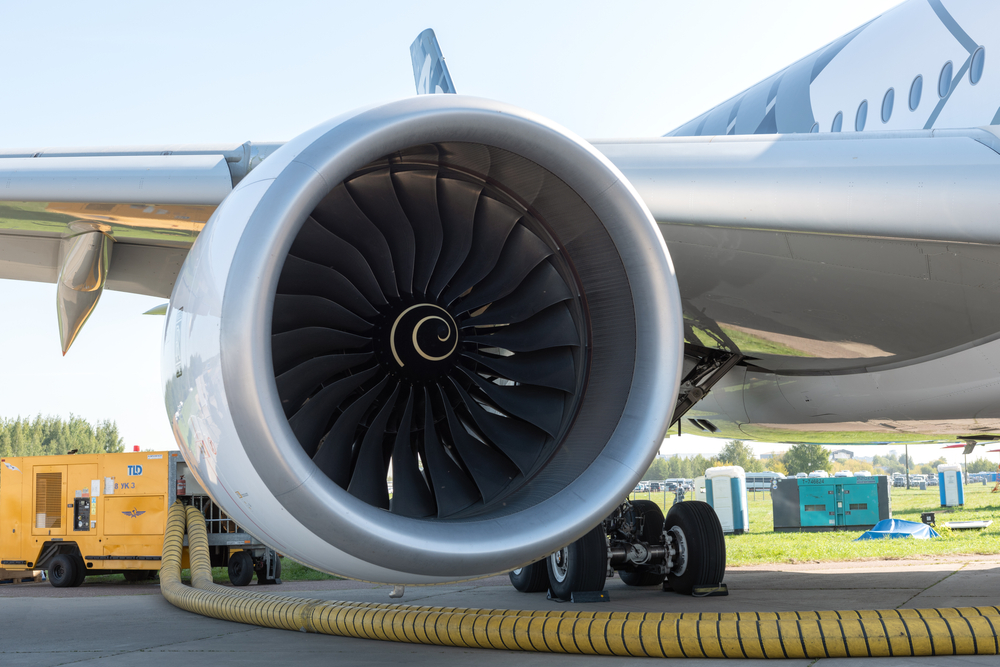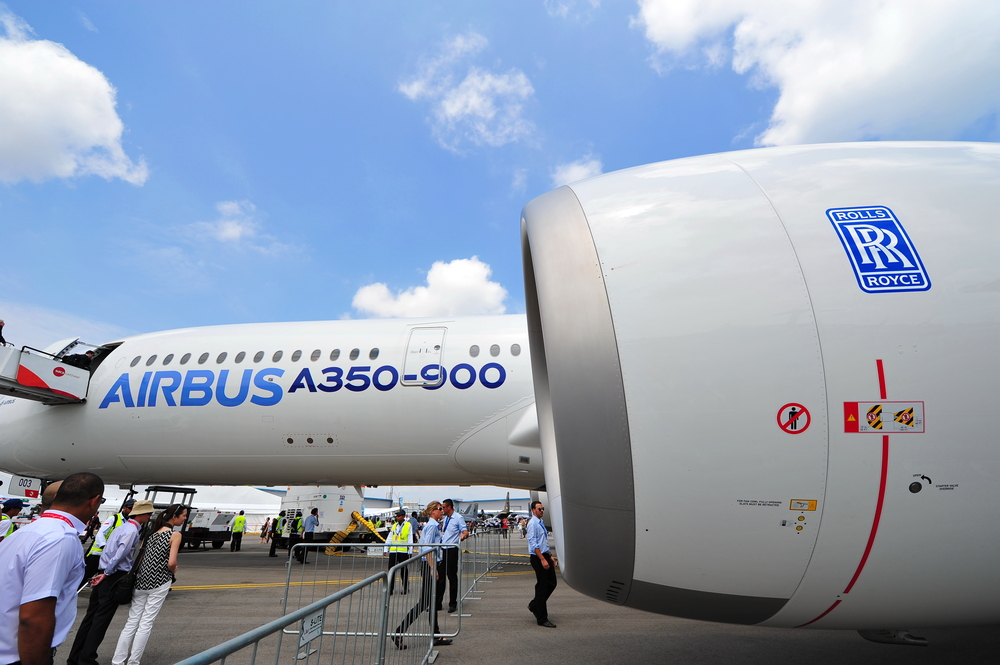Trent XWB engine by Rolls-Royce powers Airbus A350 with fuel efficiency, low emissions, and advanced materials for sustainable long-haul aviation performance.
Table of Contents
Trent XWB

The Trent XWB is a high-efficiency turbofan engine. It’s manufactured by Rolls-Royce and is prominent in commercial aviation. This engine is specifically designed for the Airbus A350 family of aircraft.
Development
The Trent XWB development program started in 2006. This initiative was part of a movement to create engines with lower fuel consumption and emissions. Rolls-Royce focused on new materials and advanced aerodynamics.
Initial testing began in 2010. The first flight test took place in 2012. The engine received certification from the European Aviation Safety Agency (EASA) in 2013.
Technical Specifications
- Thrust: The Trent XWB produces between 75,000 and 97,000 pounds of thrust.
- Fan Diameter: The engine has a fan diameter of 118 inches, among the largest in its class.
- Bypass Ratio: It boasts a bypass ratio of 9.6:1, enhancing fuel efficiency.
- Overall Pressure Ratio: This ratio is 50:1, which helps in achieving better thermal efficiency.
Innovations
The Trent XWB is known for several innovations. It uses composite materials in the fan blades and casing. This reduces the weight of the engine considerably. The advanced cooling systems in the turbine section help maintain optimal temperatures, improving efficiency and component life.
Another significant feature is the use of ceramic matrix composites. These materials handle higher temperatures than traditional metals, enhancing the engine’s thermal efficiency. The low-pollution combustor design reduces emissions, making the Trent XWB one of the cleanest engines in its category.
Operational Performance
The Trent XWB is designed for long-haul operations. Its fuel efficiency translates into lower operational costs. Airlines benefit from extended maintenance intervals, reducing downtime.
The engine’s reliability has been proven in various demanding conditions. It’s built to perform optimally over long periods, making it a preferred choice for airlines.
Environmental Impact
Reducing carbon emissions is critical for modern aviation. The Trent XWB contributes significantly to this goal with its low fuel burn. The engine’s design reduces NOx emissions, meeting the latest environmental standards.
Noise reduction features further contribute to its environmental credentials. Engine fans and nacelle design help in reducing the overall noise footprint.
Market Acceptance
The Trent XWB has received a positive response from the aviation market. Airbus A350 aircraft, equipped with these engines, are in high demand. This engine has played a role in enhancing the operational capability of airlines globally.
Rolls-Royce has delivered thousands of engines since its introduction. Airlines have reported high satisfaction rates with its performance and reliability.
Future Prospects
Rolls-Royce continues to enhance the Trent XWB family. They are focusing on further improvements in fuel efficiency and emissions reductions. Research and development efforts aim to keep the engine ahead of regulatory demands and market expectations.
With the growing emphasis on sustainable aviation, the Trent XWB is poised to remain a cornerstone in the industry. Continuous innovations ensure it meets future challenges.



